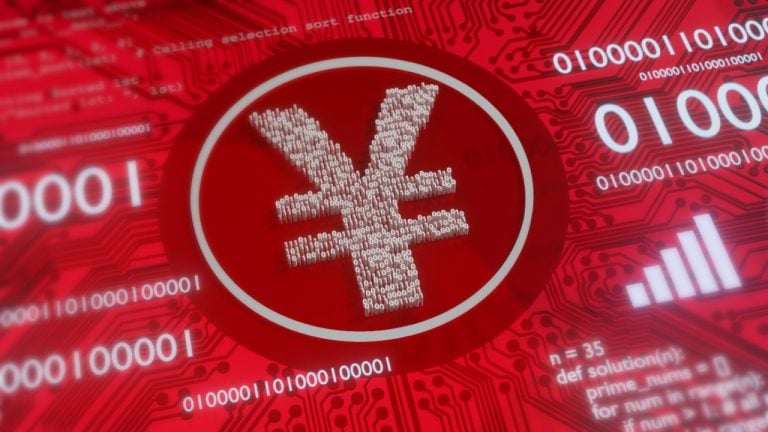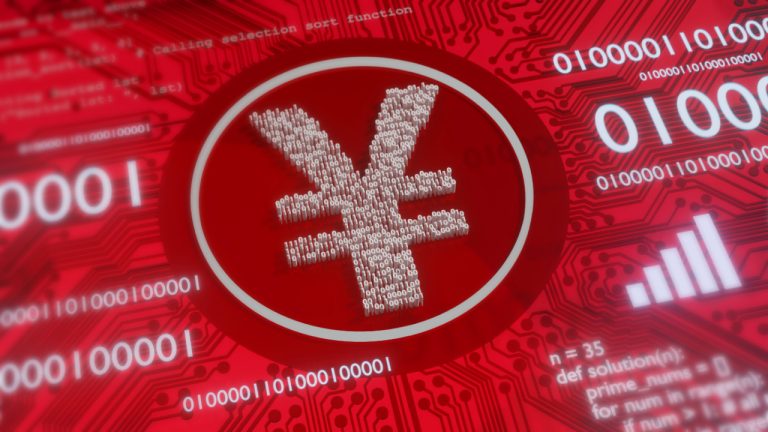China Wants the Digital Yuan to Be Ubiquitous in Retail Payments Arena


China is pushing for universal national adoption of the digital yuan, with People’s Bank of China’s (PBOC) officials stating the currency should be available for all retail payment scenarios. The recent introduction of a standard for QR-based payment codes is part of this move, which also seeks to make wholesale payments interoperable with the digital yuan.
China Aims for Digital Yuan Ubiquity in Payments
China is seeking to make the digital yuan, its central bank digital currency (CBDC), more usable by allowing citizens to pay with it everywhere. Last week, Chinese local media reported the implementation of a QR code-based interoperable payment standard that would be compatible with popular payment methods such as Alipay and Wechat, but also with the digital yuan wallet.
The system intends to increase the low usage and popularity of the digital yuan by giving Chinese citizens more ways of spending it, letting them know the CBDC can be used in most retail stores.
Mu Changchun, head of the People’s Bank of China (PBOC) Digital Currency Research Institute, recently explained that one of the ways to achieve this objective was by making this tool ubiquitous, allowing users to pay with the digital yuan everywhere.
At the 2023 China International Financial Annual Forum, Changchun stated:
What needs to be upgraded is the payment tools used in retail scenarios. That is, using digital renminbi as the payment tool in all retail scenarios.
Furthermore, he detailed that the PBOC will “steadily upgrade” these payment tools in the long run.
Wholesale and Financial Market Payments Also Targeted
Changchun also signaled that the digital yuan could contribute to improving and innovating the wholesale payment system. He proposes using digital yuan in these payments, aiming to achieve interoperability with the existing system to complement it, but not substitute it.
He remarked on the efficiency of wholesale payments in China by stating:
The inter-bank payment and clearing system supporting wholesale payment and the internal system of commercial banks are operating normally, which can meet the needs of my country’s economic development.
Finally, Changchun referred to the financial payments market, explaining that the programmability of the digital yuan could be practical in some scenarios, including the design of payment versus payment (PVP) and delivery versus payment (DVP) systems to improve the efficiency of this kind of wholesale payment.
What do you think about China’s push to make the digital yuan available in all retail scenarios? Tell us in the comments section below.

